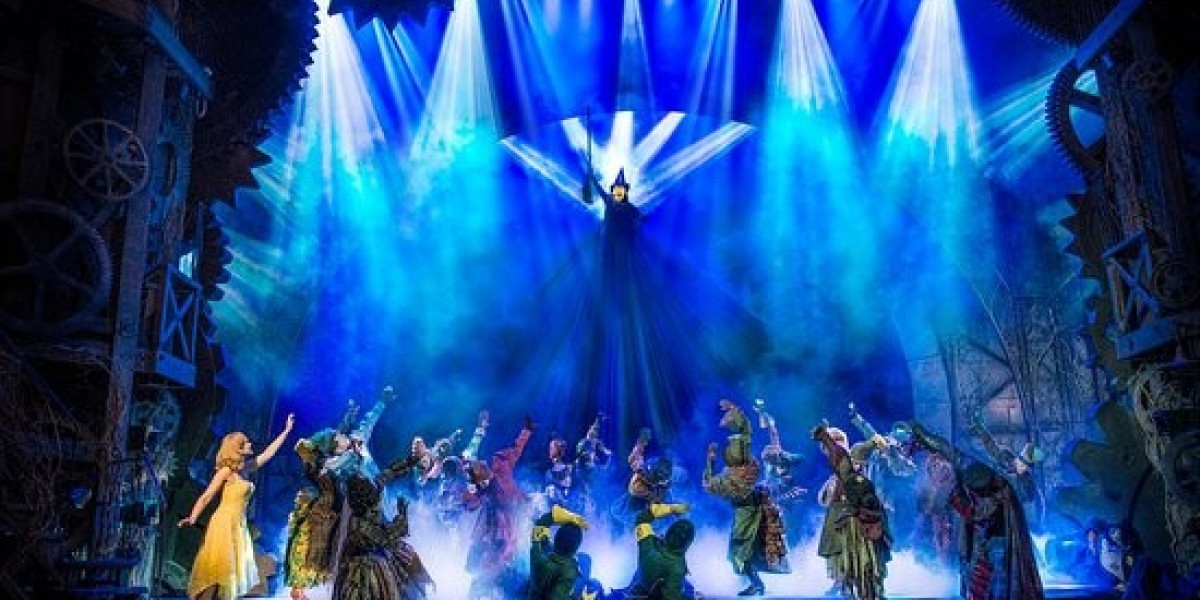Special effects have become an integral part of modern filmmaking, captivating audiences with their ability to transport viewers to fantastical worlds and bring imaginary creatures to life. From the early days of practical effects to the cutting-edge technologies of today, the evolution of special effects has been a remarkable journey. One of the epicenters of this evolution is London, home to some of the most influential special effects companies in the world. In this article, we will delve into the history of special effects, highlighting the pioneering work of SFX company and their enduring impact on the film industry.
The Early Days of Special Effects:
The roots of special effects can be traced back to the earliest days of cinema. In the late 19th and early 20th centuries, filmmakers experimented with techniques such as stop-motion animation, matte paintings, and practical effects to create illusions on screen. One of the pioneers of this era was Georges Méliès, whose groundbreaking film “A Trip to the Moon” (1902) showcased innovative use of practical effects and set the stage for the future of filmmaking.
As cinema evolved, so too did the techniques used to create special effects. In the 1930s and 1940s, the advent of Technicolor and advancements in makeup and prosthetics allowed filmmakers to push the boundaries of visual storytelling. Classic films such as “The Wizard of Oz” (1939) and “King Kong” (1933) showcased the power of special effects to transport audiences to otherworldly realms and create unforgettable cinematic experiences.
The Rise of SFX Company:
In the latter half of the 20th century, the demand for increasingly ambitious special effects grew, leading to the emergence of specialized SFX companies. These companies were tasked with bringing filmmakers’ visions to life through a combination of practical effects, miniatures, and optical illusions.
One of the most iconic SFX companies to emerge during this period was Industrial Light & Magic (ILM), founded by George Lucas in 1975. Based in San Francisco, ILM quickly became synonymous with groundbreaking visual effects, revolutionizing the industry with films like “Star Wars” (1977) and “Jurassic Park” (1993).
In London, special effects companies also began to flourish, leveraging the city’s rich history of creativity and innovation. Companies like Framestore, Double Negative, and Cinesite established themselves as leaders in the field, contributing to some of the biggest blockbusters in cinema history.
Special Effects in London:
London has long been a hub for creative talent, attracting filmmakers from around the world with its vibrant arts scene and world-class facilities. In recent decades, the city has solidified its reputation as a leading center for special effects, with numerous SFX companies calling London home.
One such company is Framestore, founded in 1986 and headquartered in London. Framestore has played a pivotal role in shaping the landscape of modern visual effects, with credits including “Gravity” (2013), “Blade Runner 2049” (2017), and “Guardians of the Galaxy” (2014). The company’s innovative work has earned it numerous accolades, including multiple Academy Awards for Best Visual Effects.
Double Negative (DNEG) is another prominent SFX company with a strong presence in London. Founded in 1998, DNEG has established itself as a powerhouse in the world of visual effects, with credits ranging from “Inception” (2010) to “Avengers: Endgame” (2019). The company’s commitment to pushing the boundaries of technology and storytelling has made it a go-to resource for filmmakers seeking cutting-edge visual effects.
Cinesite, founded in 1991, rounds out London’s roster of top-tier SFX companies. With a focus on both visual effects and animation, Cinesite has worked on a diverse array of projects, from “Harry Potter and the Deathly Hallows” (2010) to “Game of Thrones” (2011-2019). The company’s talented team of artists and technicians continues to push the envelope of what is possible in the world of special effects.
The Impact of SFX Company:
The contributions of SFX companies to the film industry cannot be overstated. From pioneering new technologies to pushing the boundaries of visual storytelling, these companies have played a vital role in shaping the evolution of cinema.
By partnering with filmmakers to bring their visions to life, SFX companies have enabled the creation of some of the most iconic moments in cinematic history. Whether through breathtaking visual effects or jaw-dropping practical stunts, these companies have helped to elevate the medium of film to new heights.
Looking to the Future:
As technology continues to advance, the possibilities for special effects are limitless. From virtual reality experiences to real-time rendering, the future of SFX promises to be as exciting as it is unpredictable.
In London and beyond, SFX companies will continue to push the boundaries of what is possible, inspiring audiences and filmmakers alike with their creativity and innovation. As we look ahead to the next chapter in the evolution of special effects, one thing is certain: the magic of cinema will continue to captivate and amaze audiences for generations to come.







